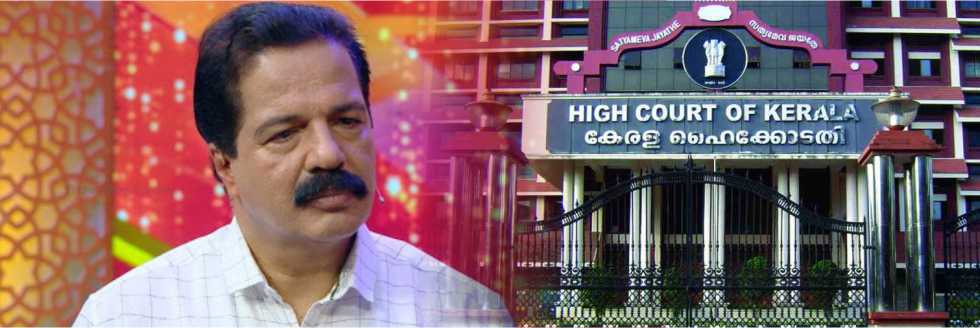Supreme Court has given life to Article 224A of the Indian Constitution that had been dormant for the past 58 years. The apex court allowed the Chief Justices of all High Courts to appoint the retired judges as ad hoc judges for the next two to five years if the pendency of cases will remain like this or increase even more.
The decision was announced by a three-judge bench comprising incumbent Chief Justice of India S A Bobde, Justice Surya Kant, and Justice S K Kaul. The bench clarified that the appointment of ad hoc judges will not be against vacancies in the sanctioned strength of judges in the HCs.
The top court took this historic step to chart out the structured and proper implementation of Article 224A, which was already there in the Constitution in 1949. It was deleted in 1956 only to reintroduce it in 1963.
In the past 58 years, three ad hoc judges were appointed including Justice Suraj Bhan to Madhya Pradesh HC in 1972, Justice P Venugopal to Madras HC in 1982, and Justice O P Srivastava for Allahabad High Court in 2007 for one year each.
The bench stated that reason behind activating Article 224A by an HC chief justice could be many — (a) if vacancies are more than 20% of the sanctioned strength, (b) cases in a particular category are pending for over five years, (c) more than 10% of the backlog of pending cases are over five years old, (d) the percentage of rate of disposal is lower than the institution of cases either in a particular subject matter or generally in the court, and, (e) even if there are not many old cases pending, but depending on the jurisdiction, a situation of mounting arrears is likely to arise if the rate of disposal is consistently lower than the rate of filing over a period of a year or more.
The bench stated, “The recourse to Article 224A is not an alternative to regular appointments. In order to emphasise this aspect, we clarify that if recommendations have not been made for more than 20% of regular vacancies, then the trigger for recourse to Article 224A would not arise.”
“We have little doubt that the challenge of mounting arrears and existing vacancies requires recourse to Article 224A of the Constitution to appoint ad hoc judges which is a ready pool of talent, (of course subject to their concurrence) as a methodology especially for clearing old cases. The existing strength of permanent and additional judges can be utilised for current and not so old cases. The ad hoc judges are absolved even from administrative responsibilities. They can concentrate on old cases which are stuck in the system and may require greater experience,” the three-judge bench stated.
Centre conveyed to the Supreme Court that it had no objection to HC CJs resorting to Article 224A, but first the HC collegiums must fill the existing vacancies before relying on the dormant provision for appointing ad hoc judges.
“In our view, this would be a self-defeating argument because the very reason why Article 224A has been resorted to is non-filling up of vacancies and mounting arrears. We may, however, hasten to add that the objective is not to appoint ad hoc judges instead of judges to be appointed to the regular strength of the HC,” the bench rejected the submissions made by Attorney General.
The bench further clarified that appointment of ad hoc judges through Article 224A of Indian Constitution was not a panacea for inaction in making recommendations for regular appointments.
National Judicial Data Grid statistics showed that 56.4% of pending cases were filed in the past five years while 40% cases were filed between five to 20 years ago.
As per NJDG, five High Courts including Allahabad, Punjab & Haryana, Madras, Bombay, and Rajasthan are majorly responsible for 54% of pendency of more than 57,51,312 cases.
“This does not take away from the requirement of appointing ad hoc judges but supports the view that even if the existing vacancies are few, a situation may arise requiring the expertise of experienced judges to be appointed as ad hoc judges. On the other hand, Calcutta HC has one of the highest vacancies of regular appointments (44%) but less than half the arrears as compared to Madras (2.7 lakh cases),” the bench said.
The SC bench further added, “We have a docket explosion in our country and that it is difficult for adjudication to take place within a reasonable period of time. This crisis situation must be tackled. Some innovation is always the rule of the game. In the present context, maybe a slightly different view has to be taken in respect of the avowed purpose of Article 224A providing for ad hoc judges. We say so as we are faced with the ground reality of almost 40% vacancies remaining in regular appointments (both permanent and additional judges) over the last two years, as we have already mentioned. A number of vacancies arising every year are barely filled by fresh appointments. Thus, it remains an unfulfilled challenge to bring the appointment process to such numbers as would be able to cover the vacancies existing and arising. Without endeavouring to blame anyone, a ground reality remains that there are manifold reasons for the same.”






